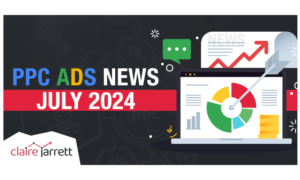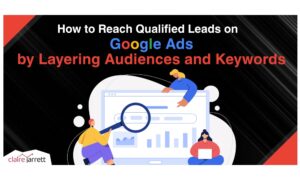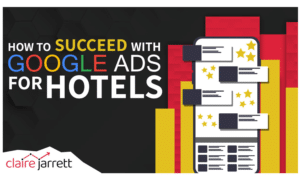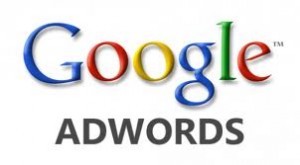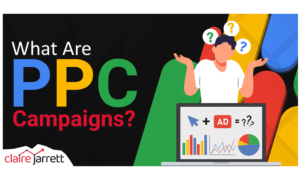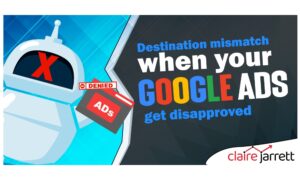Expert Tips for Targeting the Right Audience with Google Ads
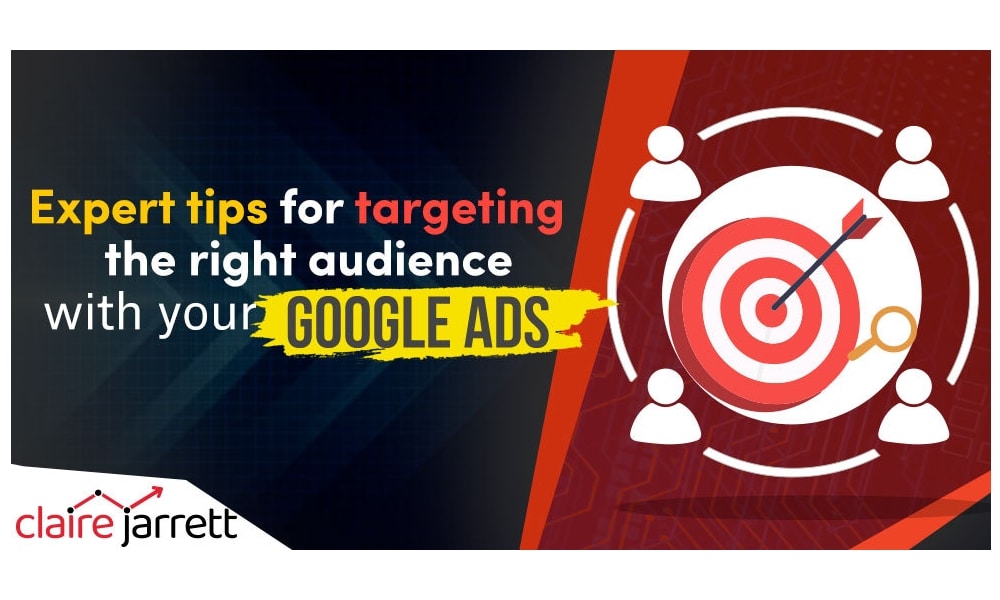
Last Updated on: 31st January 2025, 05:08 pm
You’ve grasped the basics. Terms like search intent no longer faze you, and you’re ready for the next step: going beyond the standard targeting options. Thankfully, I’ve spent the past 15+ years increasing my clients’ ROAS, and today, I’ll show you the best tips for Google Ads audience targeting.
This article will show you how to use the following targeting strategies to succeed with Google Ads:
- Offline conversions
- Identifying profitable Google Ads audiences with RLSAs
- Using the audience’s previous search behaviour
- Mastering custom and in-market audiences
- Attracting new leads through social media & converting them through Google Ads
Ready? Let’s dive in!
1. Are You Forgetting Offline Conversions?
If you’ve already handled your standard Google Ads conversion tracking, you’ll also want to import the so-called offline conversions.
Don’t think you need a brick-and-mortar shop just yet, though. If you store your conversions (for example, after a few sales calls) in your CRM tool, you can upload the list to Google Ads monthly. You only need the GCLIDs for each contact.
This way, Google Ads will be able to “connect” your ads with your actual conversions instead of only using proxy actions like lead form fill-outs and the like.
In the long term, this will show you which Google AdWords keywords, campaigns, and targeting, in general, have been most profitable for your business.
Pro tip: If you have enough historical customer data, focus on the lifetime value of each customer with offline conversions. This way, you’ll be able to tailor your Google Ads not to your leads in general – but to your best leads.
If you do business only online, you can also get more information out of your first-party data. Check out my guide on enhanced conversions!
And speaking of which…
2. Find Your Most Profitable Google Ads Audience with RLSAs
Even if all your campaigns target bottom-of-the-funnel keywords, you will likely need to contact potential leads a few more times before they trust you enough to convert. Now, some of my clients use organic marketing for that – nurturing sequences, lead magnets on their landing pages, etc.
But there is a quicker way to separate the wheat from the chaff quicker: using Remarketing Lists for Search Ads (RLSAs).
With RLSAs, you’ll focus on the best potential leads (or existing customers – to maximise their lifetime value) who display behaviour you’ve seen become profitable.
Then, you’ll use Google Ads audience targeting to reach them.
For example, suppose you run an accounting service and have launched a new financial consulting offer. You’d use RLSAs to target your most profitable existing customers when they’re looking for queries such as “financial consulting.”
Similarly, you could use RLSAs to reach your top-of-the-funnel, promising leads when they’re searching for competitors, showing that they’ve progressed to the bottom of the funnel.
3. Skip Education and Focus on Conversions with the Right Audience Targeting in Google AdWords
Do you know what’s always lovely for a PPC consulting client’s budget? Enough awareness that they don’t have to educate barely aware leads from the top of the funnel and jump through hoops to nurture them into becoming worthy prospects.
Instead, reaping the already convinced leads who only need to see the right solution at the right time.
How? You’ll target the Google AdWords audiences who have performed specific searches in the past. For example, if you were a plumber looking for leads, you could target people looking for queries such as “the best plumbers in Bristol.” If you were an HVAC company owner, you’d target queries like: “boiler repairs in [area].”
Pro tip: As with bidding on competitor brand names, you can leverage competitors’ networks. Create custom audiences who have searched for your competitors. This is great if you’re new to the market – for example, if you were a SaaS company offering a new project management software, you could leverage Asana or Monday.com searches and visits.
4. Keywords Are Great, but Test New Audience Targeting Methods
And I’m talking about Google Ads in-market and custom audiences. These two have worked wonders for my Google Ads coaching clients!
How to Use Google Ads In-Market Audiences
In-market audiences are similar to the approach I mentioned in the previous tip. Google’s AI will look at billions of search profiles (including things they searched for in the past and websites they’ve visited) to identify purchasing intent.

Suppose you’re selling cat treats. Once you select the right in-market audience, Google will automatically show your ad to the people most likely to convert.
Personally, I often use in-market audiences for those queries where it’s not entirely clear where the leads are in the funnel using only keywords.
For example, leads could be shopping around for project management software options with months to go before they make the final decision.
It’s hard to tell from the keyword alone.
However, in-market audiences allow Google’s AI to analyse the frequency of their queries (and many other data points), bringing you closer to the people ready to make the decision right now.
How to Use Custom Audience Targeting in Google AdWords
Custom audiences were previously known as Affinity audiences because Google allows you to dive deeper into what makes your audience tick, from their interests to the pages they’ve visited. It’s a comprehensive look at your ideal leads, so you can go more granular than you could with keywords.
For example, you can target people based on the following:
- Interests (search terms)
- Types of websites they visit
- Types of apps they use
- Locations they visited
And more! With some expert Google Ads targeting, you can even stack them, allowing you to throw your remarketing lists into the mix, or combine your audiences with keywords.
For example, you could easily target basketball fans who often visit Forbes.com, use Monday.com on their phone, and who have visited your website twice while abandoning their carts.
Not only does this allow you to understand how your audience thinks and who they are as people, but it also allows you to create more customised ads, increasing your Quality Score and reducing your CPC.
5. Expand Your Reach on Social, Convert via Search
Finally, if you’re ready to scale your advertising efforts, use multiple channels. Start with social media by exposing your leads to your brand (which has the broadest reach but not as many immediate conversions because you can only gauge interests, not intent).
Then, use Google Ads retargeting or Discovery campaigns/Demand Gen to convert them.
Keep a close eye on your campaigns, though. Some of these leads will necessarily be low-quality. However, zone in on the leads who fit your criteria and don’t be afraid to stack approaches if you’re within your CAC (customer acquisition cost) comfort zone.
Audience Targeting on Google Ads Is More than Keywords
While keywords have been (and always will be) fantastic indicators for intent, there are other options you can use once you’ve started driving profitable traffic to your business with Google Ads.
With custom audiences, offline conversions, and RLSAs, you’ll quickly maximise your earning potential.
If you need one-on-one help with increasing your ROAS, get in touch with me. As the first person in Europe to launch Google AdWords training and the author of the best-selling Google Ads book on simple and victorious campaign setup, I’d love to help you.


